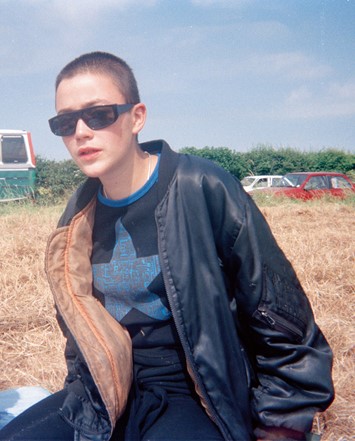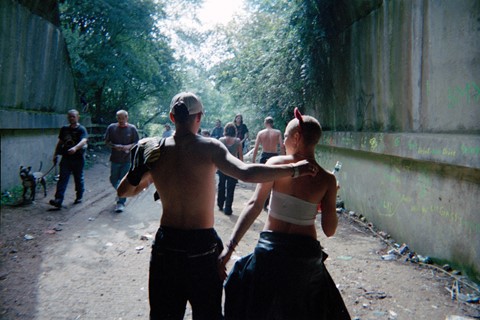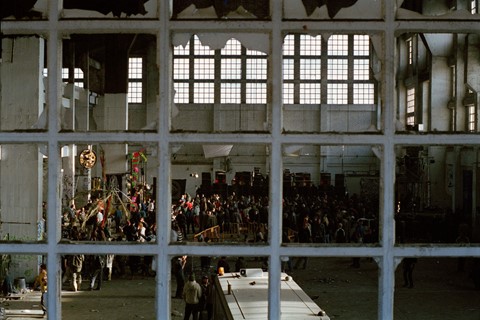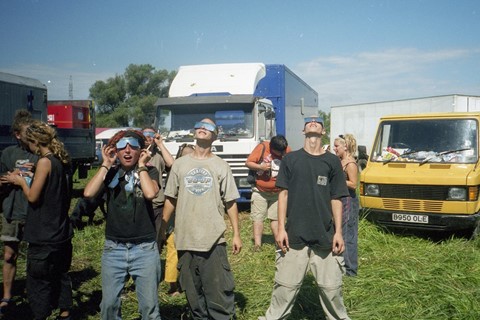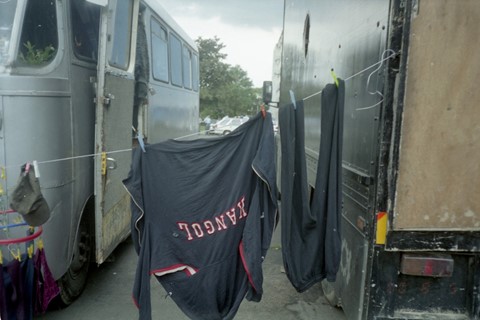As Seana Gavin releases her new book Spiralled, she shares an insight into life in the 90s underground rave scene and explains why the time is ripe for a rave revival
So far, the 2020s feel like the very antithesis of the 1990s: shut away in our homes, we have had none of the fun or freedom that is associated with the decade. And yet, we could be heading for a rave revival – the climate is remarkably similar to that of the late 80s and early 90s: we have experienced years of austerity and a Tory government, a political awakening among young people and gentrification, leading to the closure of clubs; all factors that culminated in the underground rave scene of the 90s.
Visual artist Seana Gavin experienced this first hand; in fact, she was heavily immersed in the underground rave scene for the best part of a decade, and kept a record of her experiences – experiences which are brought to life in her new book Spiralled, published by IDEA. “Spiralled is a document of a decade of my life capturing my friends and people who defined the scene, the build-up and aftermath of the parties, the journeys to and from, and the reality in between,” she says of the publication, which is on sale from today.
As well as photographs, Spiralled features diary entries, flyers and ephemera which Gavin had saved from that time. Writing over email, she says she began putting the book together last summer, while preparing her Spiral Baby exhibition at galeriepcp in Paris, where she displayed a selection of her archive for the first time. From there, she trawled through negatives, photo albums and 17 years’ worth of diaries, presenting them in this publication, which she hopes paints a picture of that lifestyle and moment in time.
“The book takes you on a journey of emotions through that period in my life,” she says. “I hope it will give people a sense of what it was like to be immersed in that scene rather than from the perspective of an outsider. I hope it captures the sense of community, adventure and freedom that embodied that scene.”
Here, Gavin shares a further insight into life in the underground rave scene and explains why the time is ripe for a rave revival.
“I was part of the underground rave scene between 1993 and 2003. I first started attending the parties in London when I was 15. I was instantly hooked and it became a weekly ritual. I started to lead a double life: I’d go to school in the week, then the whole weekend would be taken up by going to the raves and hanging out in friends’ squats. I soon got to know all the sound systems and party organisers, including Spiral Tribe. When the Criminal Justice Bill came into effect in 1994, it started to get harder to put on the parties. The police kept shutting them down – they would turn up, beat people up, confiscate equipment and make arrests. So many of the sound systems left the UK to head for France and beyond.
“I would spend periods of time travelling in friends’ mobile homes with the sound systems going from party to party. I took photos throughout with a compact film camera and very simple manual camera, which I used to capture the scene and friends around me to keep hold of the memories. I never thought the images would be seen to a larger audience in the future. Without this documentation that whole stage of life would be a lot more blurry for me.
“I travelled through France, Italy, Spain, Germany, Hungary and Czech Republic in this way – usually for entire summers and for shorter trips throughout the year. By this point I was trying to finish an art degree at Camberwell.
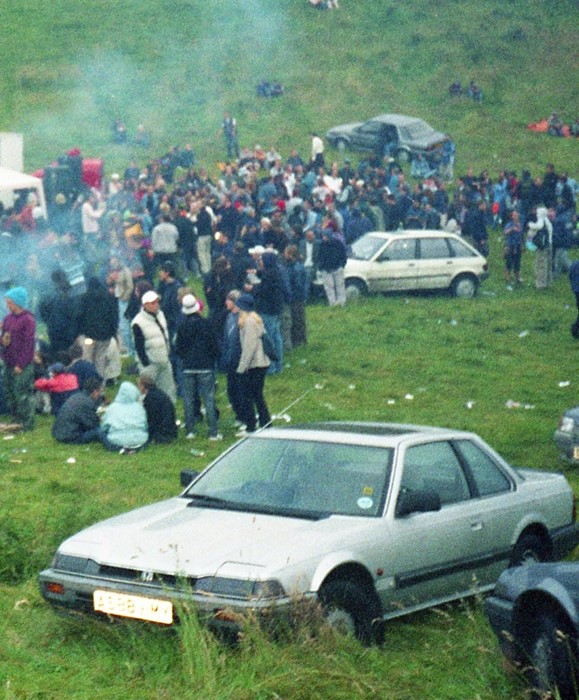
“There are parallels with the period of time that the acid house movement developed in this country and the political climate today. It feels like a natural cycle that happens. First there was the hippy movement which stemmed from a passive resistance to the Vietnam War which brought peace, drugs and free love. In the 70s, it fizzled out for a while until the punk scene exploded. Then in the late 80s and 90s, the Acid House movement developed which grew from people’s desire to live an alternative lifestyle and break away from the norm. The 90s was dominated by different subcultures – grunge, goths, New Age travellers and the free party movement – but after that there was a long pause. The youth seemed to become less politically aware and, with the rise of reality TV and social media, became more interested in fame and materialism.
“But in the last few years, things have started to bubble up again. The majority of youth have again become more politically engaged with Brexit hanging over us and groups like Extinction Rebellion and Black Lives Matter growing. And in recent years, there has been an increase of clubs and venues closing down due to gentrification, so there are less spaces for people to have that release. It makes sense for them to look to rave culture as an alternative and a way to take back control and freedom to have a good time. Which was what the underground rave movement was about. Expressing our right to party.
“But what was at the core of that scene, what gave it the energy and magic, was the sense of community. The parties were not commercially driven; they operated on a donation-only policy. It was the days before smart phones and Instagram, which meant you would be much more present, less self-conscious and able to let go. Especially with the raves abroad, when we were on the road living a much more simple basic life, you realise how unimportant it is to live with too many possessions. Capitalism is designed to make you feel you won’t be happy unless you own things – clothes, objects, a house – but when you strip that all away you are just left with yourself. And that’s what we all need to work on.”
Spiralled by Seana Gavin is published by IDEA.
